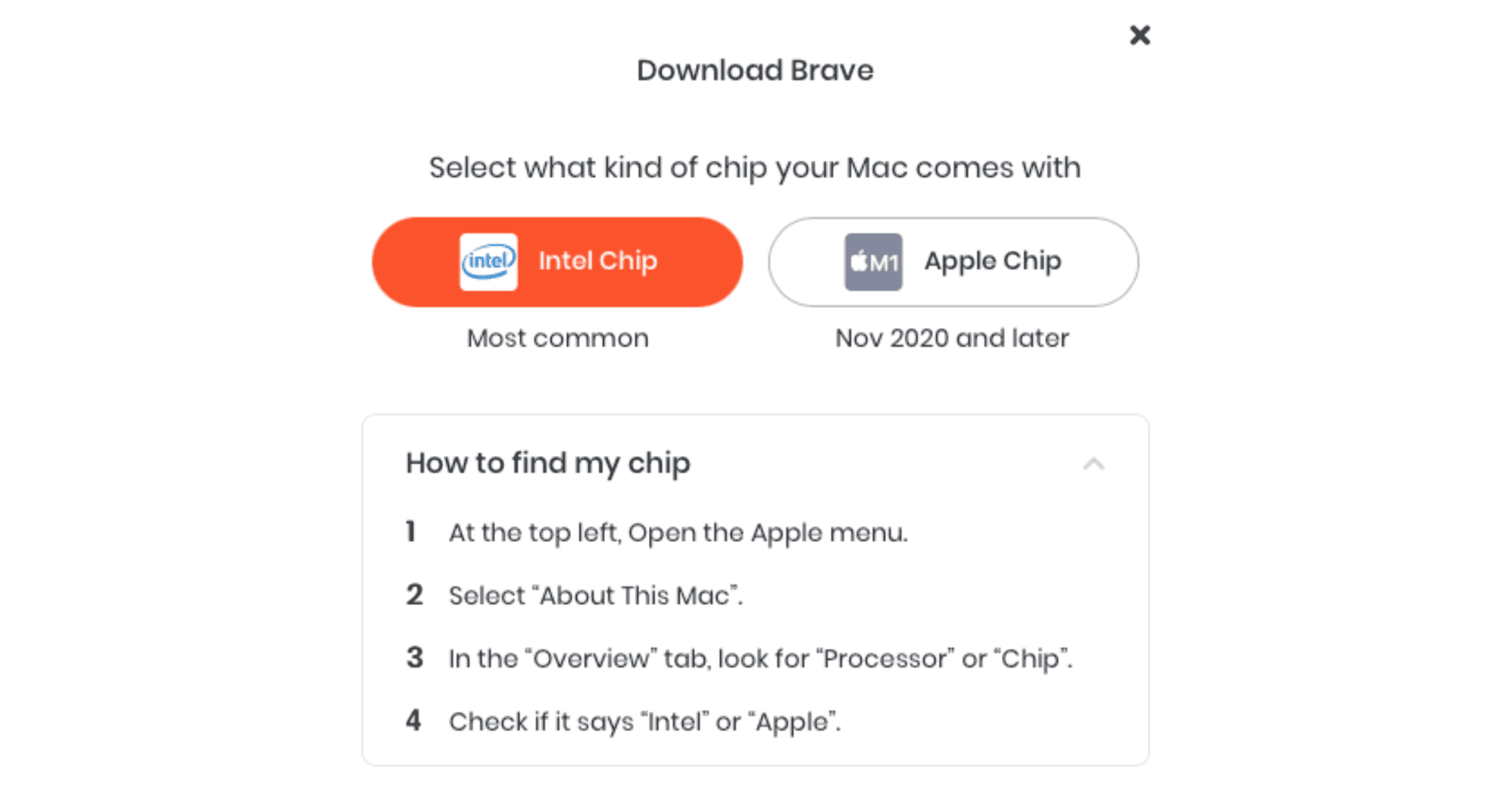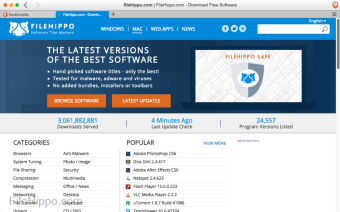
Whether you love or hate Safari for its UI, compatibility, etc, the truth is that it is highly optimized for the Mac OS and delivers the best energy efficiency. As you can see below, I only have very few processes that run on Intel. You can check how many Intel-based programs are running by going to Activity Monitor -> CPU Tab -> Sort by the “Kind” column. You can check if your software is having the M1 optimized version on

As it’s been almost a year since the release of the M1 chip, almost all the major developers have created an M1 version of the build. The rule of thumb is to find and use the M1 optimized build of the program. But this translation has some cost and also the program does not use the efficient use of the M1 chip architecture.

Even if the application is Intel-based, it will be translated by a program called Rosetta 2 that allows it to run under the M1 chip. Apple does not require you to have dedicated builds of software based on ARM architecture. This is the most important one to keep in mind.

Following are the major ones that could help to get the same thing. OptimizationsĮven if you have an advertised battery backup of 18+ hours, you will never be able to get a full day back up with the above workload unless you have some optimizations. Not all of them may be needed in parallel, but someone who is using IntelliJ like a heavyweight IDE could easily comprehend the number of resources it requires.

The new Macbook Air M1 uses an ARM 64 based SoC ( System On Chip ) developed by Apple.


 0 kommentar(er)
0 kommentar(er)
